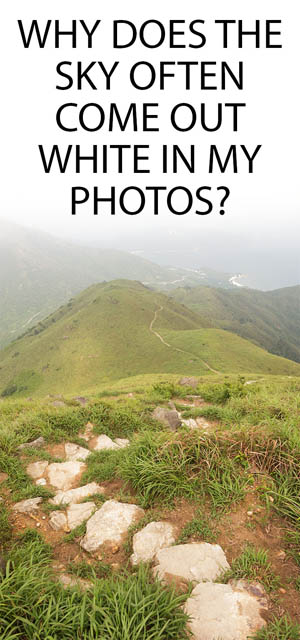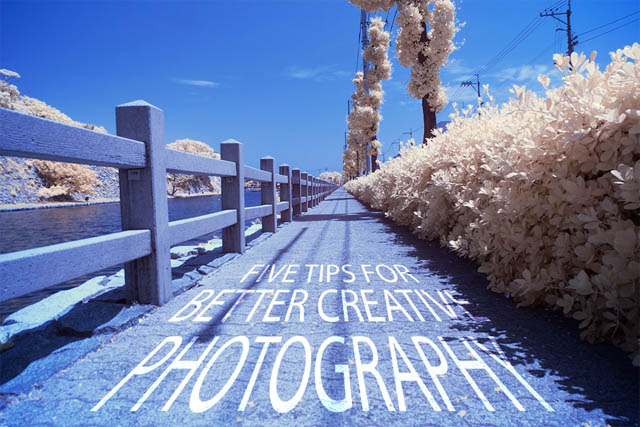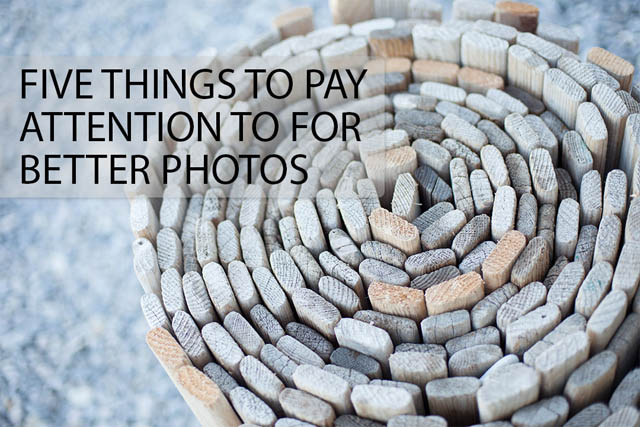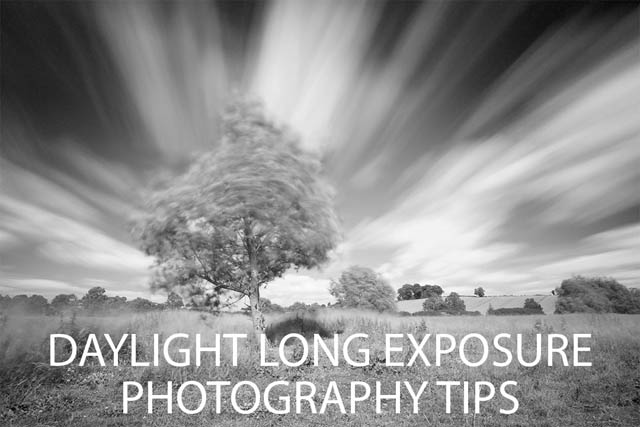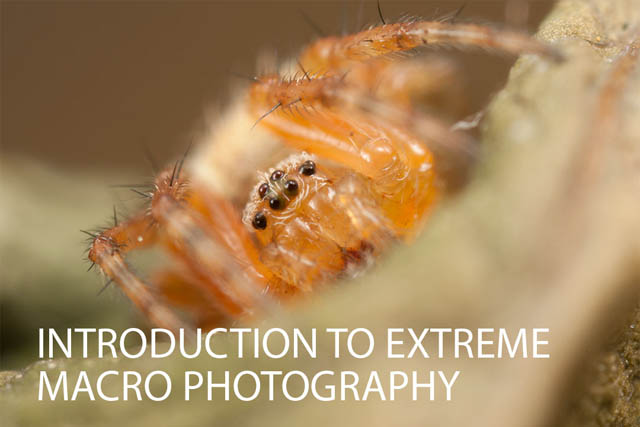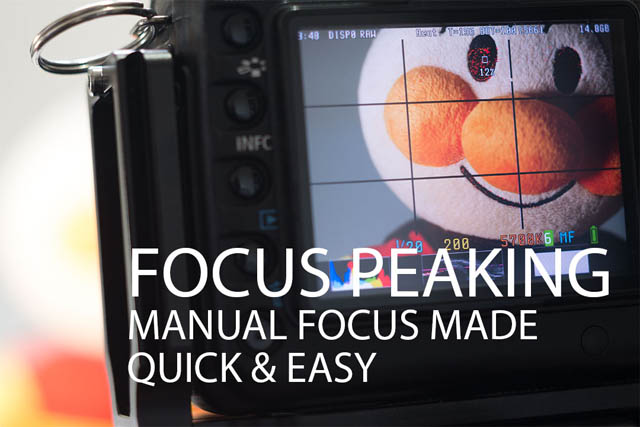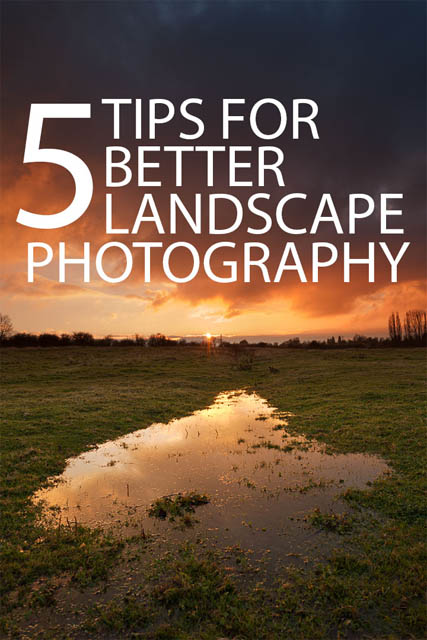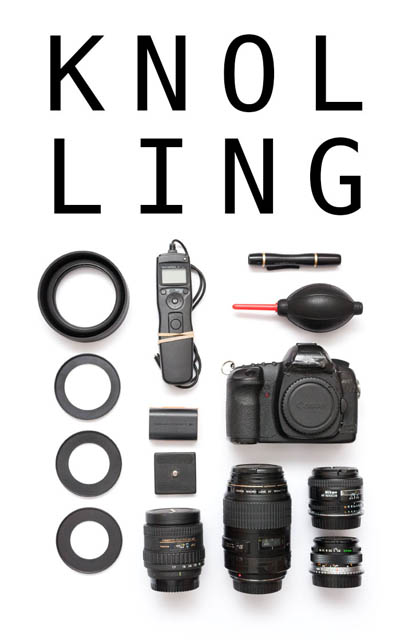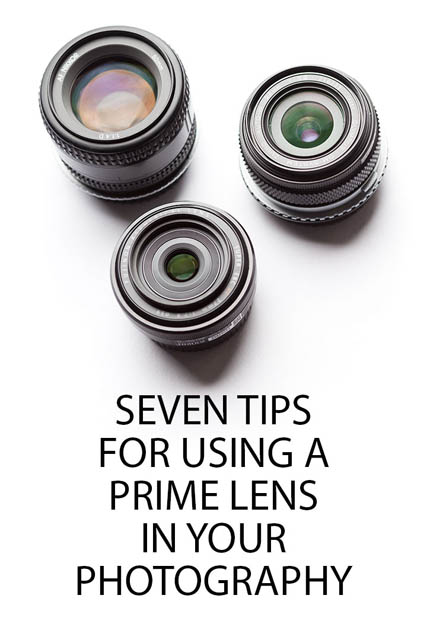Full Auto Shooting mode explained
Full auto mode is a shooting / exposure mode found on most cameras. In this mode the camera decides all the settings for you, and all you have to do is point and shoot. While it can often produce decent results, the fully automatic nature of the mode means that you can't make any corrections when the camera gets it wrong.
In this article I'll cover a bit about how full auto mode works, the various problems you can have with it, and when it can actually be a good shooting mode to use.
Read the rest of this entry »
